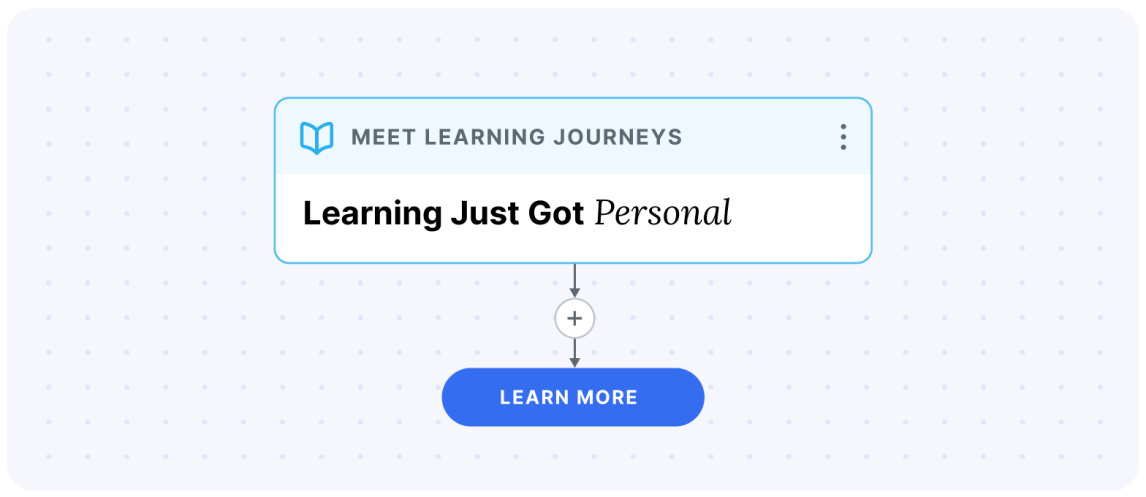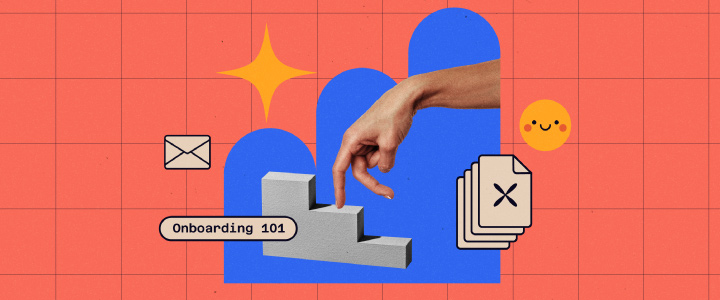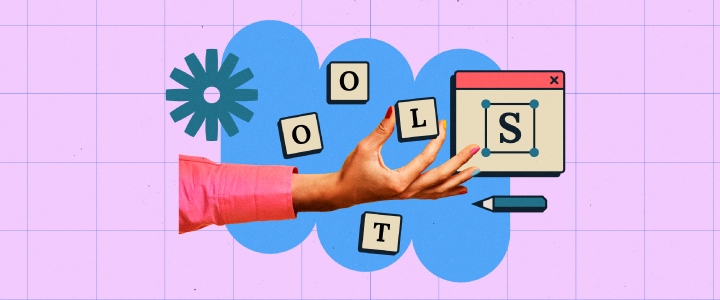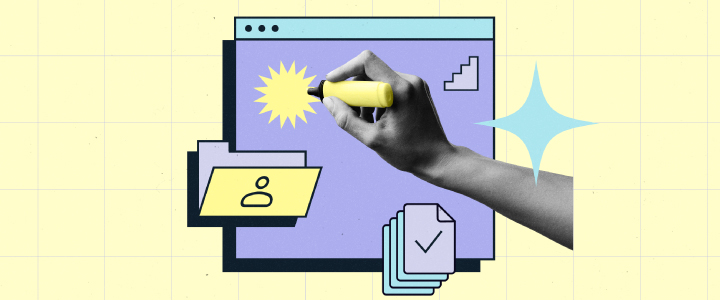
5 min reading time
Personalized Learning at Work: A Strategy to Empower, Engage, and Retain Employees
Today, there’s a powerful shift underway. Employees are eager for learning that supports their career growth, and organizations are embracing learning as a driver of business success.
Here’s where personalized learning comes in.
By tailoring learning experiences to your employees’ individual needs, preferences, and career goals, you can create a culture where employees feel valued, empowered, and ready to grow their careers and your business. And the data backs this up:
- Improved Retention Rates: Organizations offering personalized learning experiences report a 50% higher employee retention rate compared to those with generic training programs.
- Increased Productivity: Companies implementing personalized learning programs have observed a 37% boost in employee productivity levels.
- Employee Satisfaction: According to a study by the Society for Human Resource Management (SHRM), 70% of employees reported feeling more satisfied in their roles after participating in personalized training programs tailored to their individual needs and goals.
But here’s the rub: as impactful as it is, personalized learning has traditionally been difficult to scale.
At LearnUpon, we believe it doesn’t have to be. Personalization should be simple, efficient, and effective. With solutions like Learning Journeys, we’re making it easier to deliver personalized learning at scale while staying true to the principles that make it so powerful.
Let’s explore how you can bring a personalized learning strategy to life in your organization.
5 Ways to Personalize Your Employees’ Learning Journey
So, where do you start when it comes to building a personalized learning strategy?
The idea of tailoring learning to every individual can feel a little overwhelming at first, but personalization doesn’t mean creating something entirely unique for every employee. Instead, it’s about understanding their needs, goals, and preferences, and using that insight to shape more meaningful, relevant learning experiences.
To help you get started, let’s explore some of the practical ways L&D teams are already beginning to bring personalization into their learning programs.
1. New Hire Onboarding
We’ve all seen the impact a well-structured onboarding experience can have; it sets the tone for a new hire’s journey, boosting confidence, productivity, and long-term engagement.
But every new employee brings something different to the table. Their team, role, and previous experience all shape what they need to succeed. That’s where personalization makes all the difference.
By tailoring the onboarding journey to each person’s unique role, responsibilities, and background, you’re not just helping them learn; you’re showing them they belong. Whether it’s through role-specific training, thoughtful mentorship pairings, or flexible, self-paced learning options, a personalized approach helps new hires feel supported, empowered, and ready to thrive from day one.
2. Skills Development
As your employees grow, so does your organization. That’s why continuous skill development is essential to keeping them competitive and engaged in their roles.
Personalizing learning journeys lets employees focus on the skills they need most, whether it’s technical expertise, leadership development, or industry-specific knowledge. By using assessments and data-driven insights, you can create targeted learning experiences that help employees close skill gaps and reach their full potential. It’s a win-win for both your team and your business.
3. Career Growth
When learning is tailored to an employee’s career goals, they’re far more likely to invest time and effort into it. In fact, LinkedIn Learning found that personalized learning for career advancement is one of the top reasons employees engage more with training.
By aligning learning opportunities with long-term career goals, you can show employees a clear path forward. Whether through leadership programs, stretch assignments, or job rotations, offering personalized learning ensures that your team members stay motivated and excited about their future with you. When they see growth opportunities, they’ll stick around and thrive.
4. Adapt to Learning Preferences
We all have our preferred ways of learning. Some people thrive with videos, others prefer reading, while some like hands-on projects or peer discussions. Providing various learning formats gives employees the freedom to choose how they learn best.
This helps them engage more deeply and enjoy the process. By offering mentorship programs, discussion forums, and a blend of on-demand and live sessions, you can further boost engagement and keep learning fresh and exciting.
5. Culture & Language
With teams from diverse cultural backgrounds and language preferences, learning needs to be accessible to everyone.
Offering localized content, translated materials, and culturally relevant examples ensures that all employees feel included and supported. This improves retention of knowledge and fosters a sense of belonging, helping to create a more inclusive and cohesive team culture.
How to Personalize Your Employee Learning
With the ideas above, we’re sure you’re thinking, How can I start building personalized learning into my strategy? Based on what we’ve seen work with our own team and customers, here are some practical tips to help you get started.
1. Identify What Should and Shouldn’t Be Personalized
Not everything needs to be personalized. Some aspects, like your company culture, should remain universal; it’s the foundation that unites everyone. The key is focusing on personalization where it will have the most impact.
Ask yourself:
- Is it skills? Certain roles may need specialized technical or soft skills training.
Is it onboarding? A tailored onboarding experience can make a huge difference in retention and early engagement.
Is it localization? Adapting learning content to different regions or languages may be essential.
By pinpointing these areas, you’ll know where to invest your energy in personalization for maximum return.
2. Understand the Unique Needs of Your Employees
The next step in creating a personalized learning strategy is gaining a profound understanding of your employees’ needs, goals, and challenges. A one-size-fits-all approach simply doesn’t work anymore, as employees now expect learning that is relevant to their roles and personal aspirations.
Start by:
- Assessing learning goals: What skills do employees need to excel in their current roles and progress in their careers?
- Conducting learner surveys: Get insights into how employees prefer to learn and uncover existing knowledge gaps.
- Analyzing performance data: Use HR data and learning analytics to pinpoint skill gaps and identify opportunities for growth.
3. Design Learning Journeys for Different Roles and Career Stages
Once you’ve gained insight into your employees’ learning needs, it’s time to design personalized learning paths based on their roles, career stages, and skill levels.
For example:
- A new hire might need structured onboarding to help them feel integrated and confident in their role.
- A mid-level employee might benefit from skill-building initiatives to hone their expertise and prepare for the next step.
- A senior leader might thrive with executive coaching or advanced leadership development.
Tip: With LearnUpon’s Learning Journeys, you can easily automate learning pathways, ensuring employees receive the right training at the right time.
4. Personalize Learning One Step at a Time
It’s tempting to try and personalize everything all at once, but this can lead to overwhelm. Instead, focus on areas where personalization will have the most significant impact.
For example, if your sales training is a one-size-fits-all approach and your teams specialize in different customer types, it may be time to introduce personalization. If you’re finding that your current standard training is holding back sales, then a personalized approach is the way forward.
5. Encourage Continuous Feedback
Personalized learning is an ongoing process. Gather feedback regularly to refine and improve learning experiences.
- Surveys: Ask employees about the relevance and effectiveness of training.
- Engagement metrics: Analyze participation rates and course completion trends.
Performance impact: Assess how learning translates into job performance and career progression.
Bring Personalized Learning to Life
By understanding your employees’ unique needs, designing tailored learning paths, leveraging data, and using smart automation, you can build a personalized learning strategy that’s both impactful and scalable.
At LearnUpon, we’re making it easier than ever to bring personalization to life with Learning Journeys. Our intuitive tools help you deliver the right learning, at the right time, to every employee—no matter their role or stage in their career.
Start implementing personalized learning today, and watch your people—and your business—grow stronger, together.




